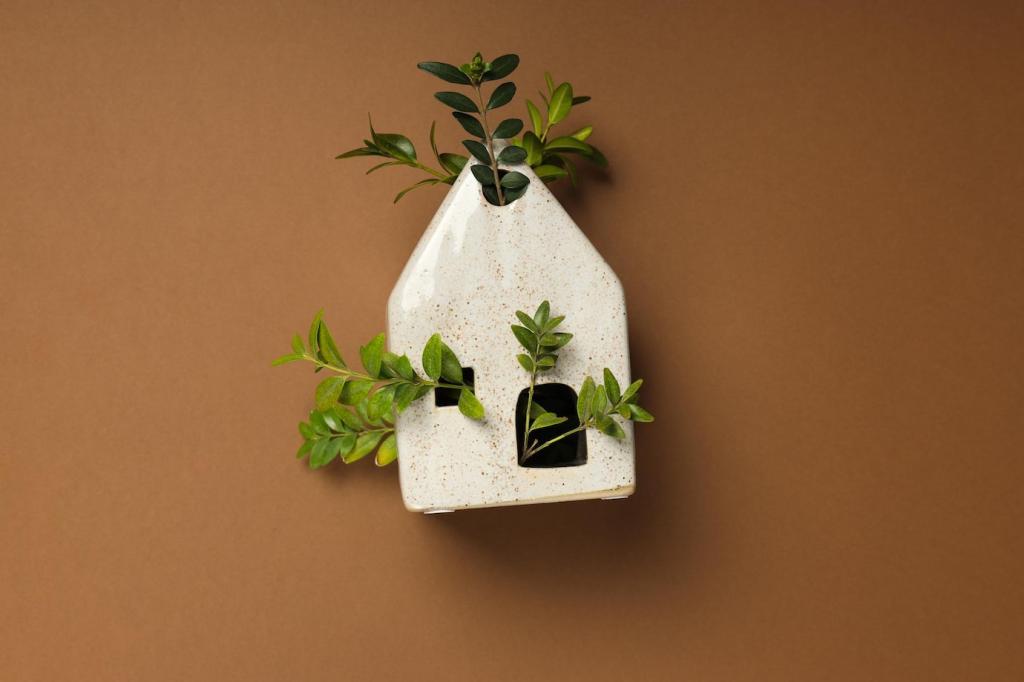Maintenance and Everyday Cleanups
Use pH-neutral soap, warm water, and microfiber to lift smudges without stripping finish. Avoid ammonia and chlorine near natural oils or waxes. Post your stain type, and we’ll suggest a safe, targeted cleanup approach.
Maintenance and Everyday Cleanups
Store a labeled sample jar for each room, stir thoroughly, and feather edges in the same sheen. Practice on poster board first. Tell us your paint line, and we’ll confirm the right roller nap and thinning ratio.




